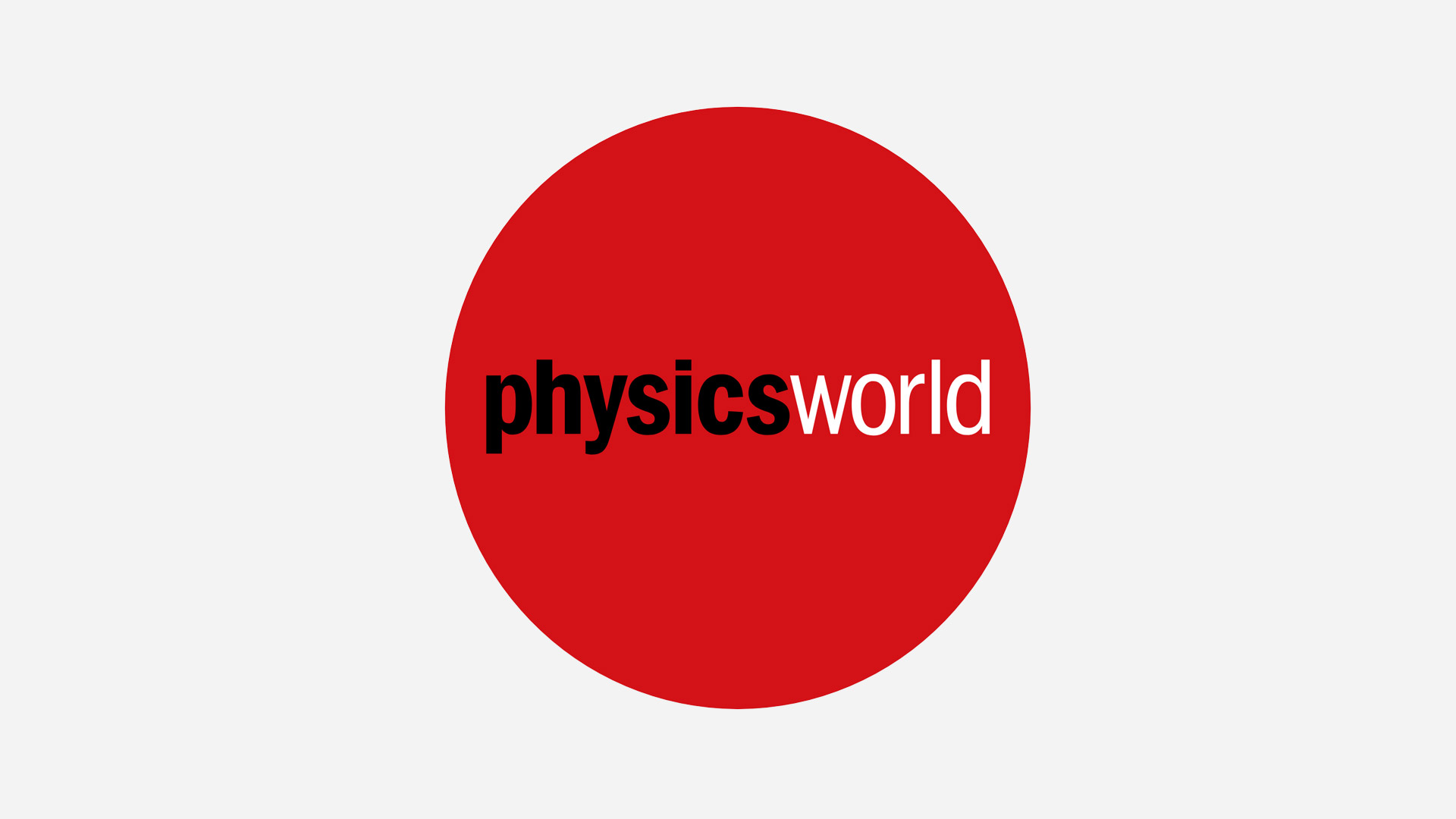 Read article: Cell-phone capacity multiplies
Read article: Cell-phone capacity multiplies
Cell-phone capacity multiplies
Polarized electromagnetic waves boost the capacity of radio signals
Thank you for registering with Physics World
If you'd like to change your details at any time, please visit My account
 Read article: Cell-phone capacity multiplies
Read article: Cell-phone capacity multiplies
Polarized electromagnetic waves boost the capacity of radio signals

Signals from the dark side of Venus shed light on our neighbour's atmosphere

Light brought to a halt in ultracold gas could be used in quantum computation

Combustion theory predicts when shares will jump in value

Small-scale liquid effects speed up micro-fluid devices

The very stuff we're made of can act as a superconductor

Light from background stars illuminates 'star nurseries'

Optical communications and cosmology are recognised by the prize
 Read article: The Milky Way’s last meal
Read article: The Milky Way’s last meal
Wandering stars could be remains of a small galaxy absorbed long ago
 Read article: How to build your own rocket
Read article: How to build your own rocket
When I was first asked to review A Tribble’s Guide To Space, I thought – wrongly as it turned out – that the book was a send-up. Star Trek enthusiasts may recall that in one episode, entitled The Trouble with Tribbles, a Trader called Cyrano Jones brought a small furry animal aboard the Starship Enterprise. […]